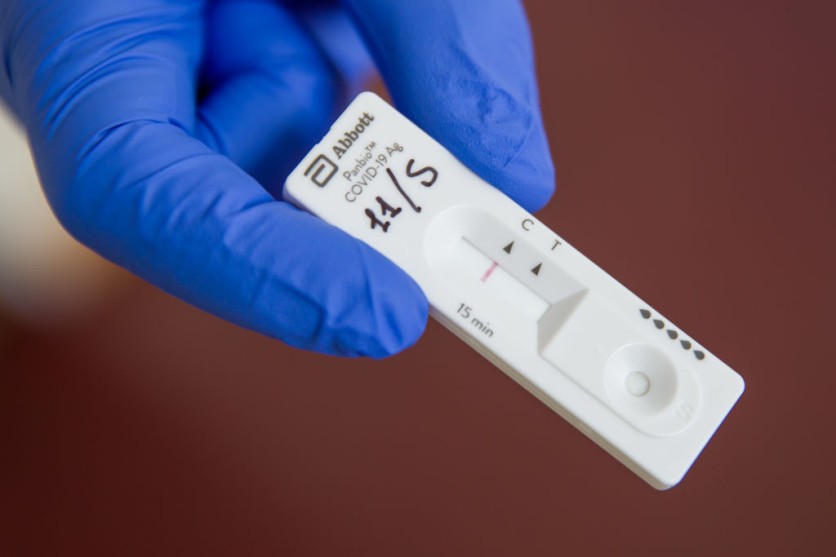A new COVID-19 test may be the fastest and most reliable ever developed so far.

According to a report on Phys.org, the aforementioned COVID test is more sensitive and reliable under extreme conditions than a normal antigen test. That's because instead of using antibodies, the test uses molecularly imprinted polymer nanoparticles (nanoMIPs).
The nanoMIPs have been proven far more sensitive and reliable, mainly due to how a typical rapid antigen test for COVID works. These antigen tests may be fast (results can be had in as little as 15-30 minutes), but their sub-par sensitivity could result in false negatives.
Aside from that, typical antigen tests make use of actual COVID-19 antibodies. While effective in their own right, these antibodies cannot withstand different conditions like rapidly changing temperatures or pH levels. As such, their end results leave much to be desired in terms of overall accuracy.
With nanoMIPs, the new COVID-19 test can better withstand temperature and pH changes while providing far better sensitivity than a typical antigen test. It is sensitive enough that preliminary results showed an ability to detect an infection 6,000 times lower than what a commercial rapid antigen test can.
How The New COVID-19 Test Was Made
Publishing their findings in the journal Sensors, the team of scientists from Newcastle University and MIP Diagnostics detailed the process of making the nanoMIPs. It is fairly technical, but here is the simplest possible explanation for how they did it.
The scientists created the nanoMIPs against a tiny fragment of the spike protein on a SARS-CoV-2 virus. They did this by making molds in the nanoparticles of the protein. Next, the nanoparticles that bound the strongest to the protein fragment (called a peptide) were attached to printed electrodes.
The nanoMIPs were then shown to be able to bind the virus, and the researchers made a prototype device that detects this binding by measuring temperature changes. A binding indicates an infection.

Samples from the nose and throat swabs of seven patients were added to the electrode they made. The liquid flowed over it, and a temperature change was identified for any samples that already tested positive for COVID-19 via an RT-PCR test. Even better, the entire process only lasted 15 minutes and that the nanoMIPs survived far warmer temperatures than normal tests can.
What this means is that the test can have a longer shelf-life in hotter climates. Furthermore, it can also be used to monitor the virus even in saliva and wastewater samples-both extreme environments that antibodies can never survive in.
The End Of Inaccurate Testing?
Considering the speed, reliability, and accuracy of the nanoMIP-powered COVID-19 test, it could be a lifesaver. That's because normal at-home COVID tests have been found quite inaccurate, according to a recent analysis.
One of these was conducted by a security researcher, who found that Ellume's at-home nasal swab test can have its result altered by hacking the Bluetooth traffic from an Android device before it reaches the app.
But before this is changed, the new nanoMIP test still needs more real-world testing against actual patient samples.
This article is owned by Tech Times
Written by RJ Pierce
ⓒ 2025 TECHTIMES.com All rights reserved. Do not reproduce without permission.




